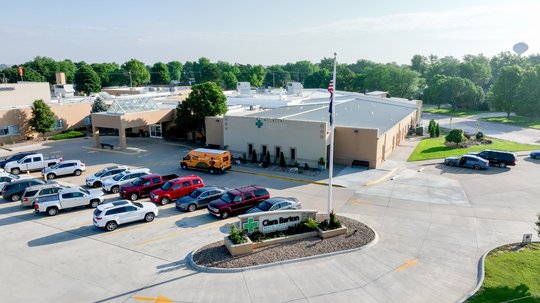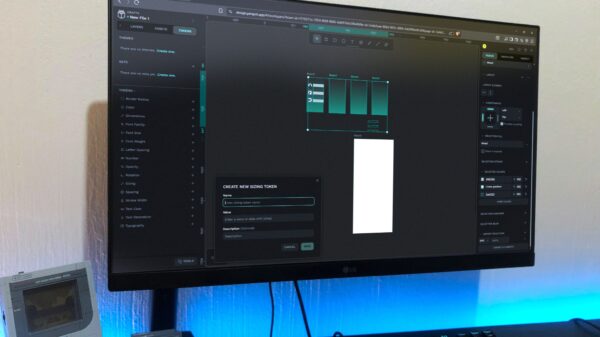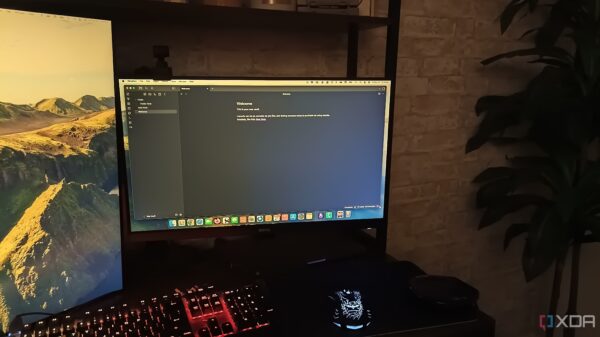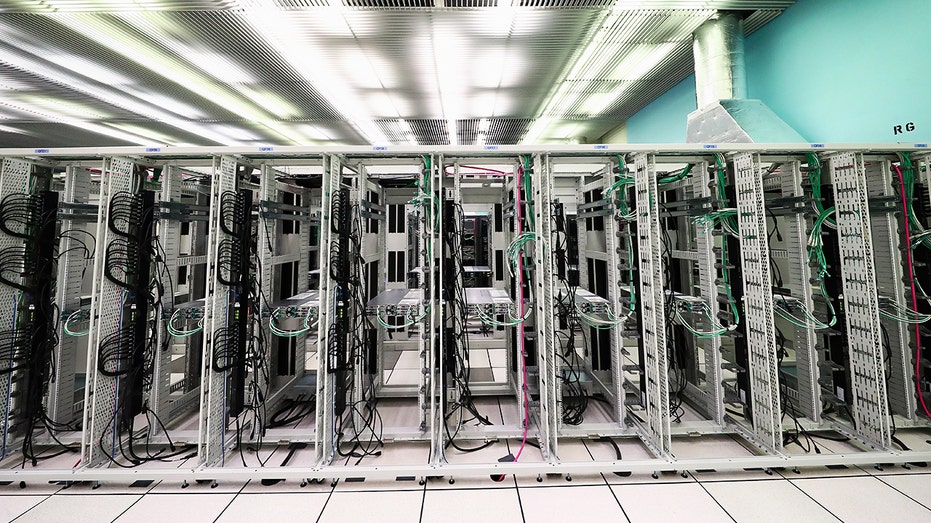UPDATE: A groundbreaking mission is underway as NVIDIA’s powerful H100 GPU heads to space aboard the Starcloud-1 satellite. This development, confirmed by tech expert Kurt Knutsson, promises to revolutionize data processing and sustainability, marking a pivotal moment for space technology and environmental efforts.
The Starcloud satellite, launched by the startup based in Redmond, Washington, aims to test whether orbital data centers can replace traditional ones on Earth. With the 329,000 mph fusion rocket, this mission is not just about speed; it is about transforming how we process data and tackling climate change.
Why does this matter NOW? Every time you send a message or use AI, massive data centers consume enormous resources, releasing heat and greenhouse gases that impact local communities. By relocating these centers into orbit, the environmental cost could drop significantly. According to Starcloud CEO Philip Johnston, “The only environmental cost is the launch. After that, we could save ten times the carbon emissions compared with running data centers on Earth.”
The Starcloud-1 satellite is about the size of a small refrigerator and will utilize the H100 GPU, which is nearly one hundred times more powerful than any chip previously sent to space. In orbit, this GPU will process satellite data directly, allowing for faster analysis of critical information such as wildfire detection and crop monitoring. This innovation could eliminate delays associated with sending data back to Earth for processing, enhancing decision-making on the ground.
Moreover, the mission will also trial Google’s Gemma language model, marking the first instance of a large AI model operating in space. This dual focus on data processing and AI demonstrates the potential for significant advancements in how we monitor and respond to environmental challenges.
Starcloud envisions a future where larger data centers powered by sunlight and cooled by the vacuum of space become a reality. The company’s long-term goal is to establish a five-gigawatt orbital data center measuring approximately 2.5 miles wide, capable of handling massive AI workloads while slashing costs and carbon emissions.
As launch costs decrease, the feasibility of building data centers beyond Earth grows. Johnston anticipates that by the 2030s, many new data centers will operate in orbit, fundamentally altering our digital infrastructure.
What does this mean for you? If successful, cloud services could become faster, more efficient, and less harmful to the planet. Space-based data centers could improve disaster response times and enhance weather forecasting while saving millions of gallons of water annually. This mission underscores a crucial intersection of innovation and sustainability.
In summary, the launch of NVIDIA’s GPU into space is a clear indicator of how rapidly technology is evolving. This mission blends curiosity, innovative spirit, and a commitment to cleaner computing. As the dream of floating data centers inches closer to reality, each venture into space brings us one step closer to a sustainable digital future.
How do you feel about this ambitious endeavor? Is it an exciting leap forward or a risky venture? Share your thoughts at Cyberguy.com.








































































